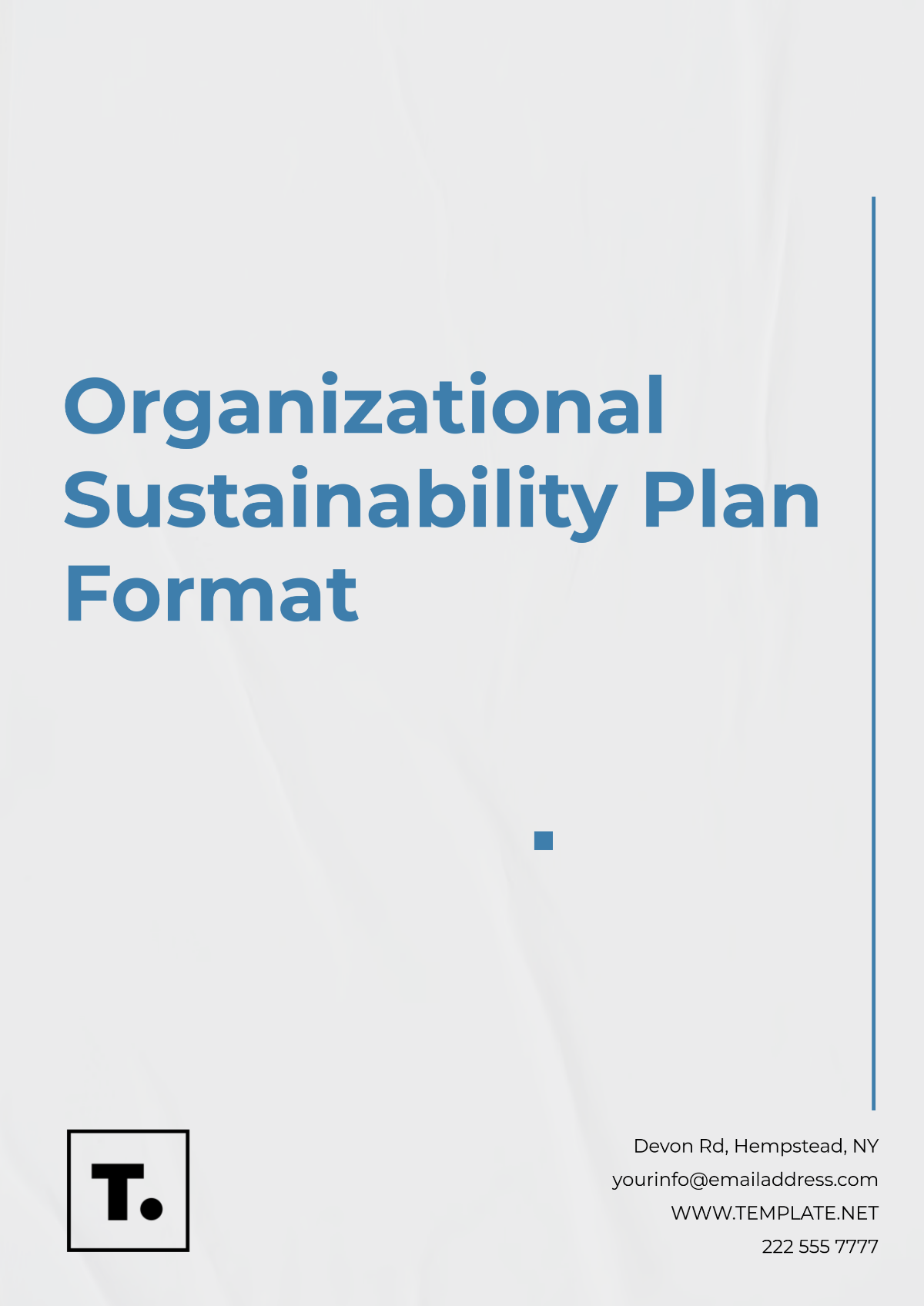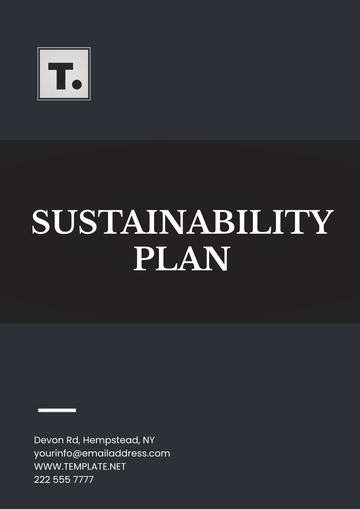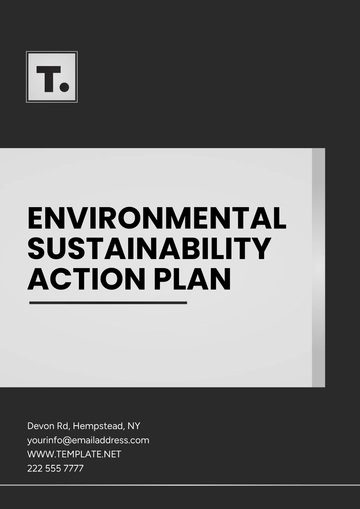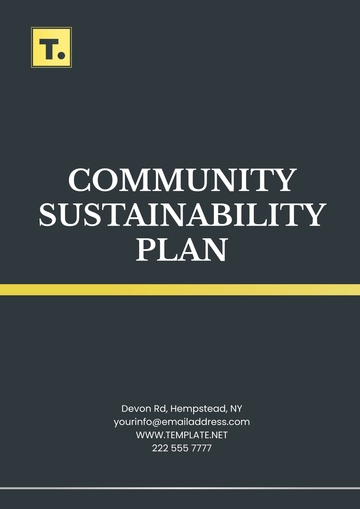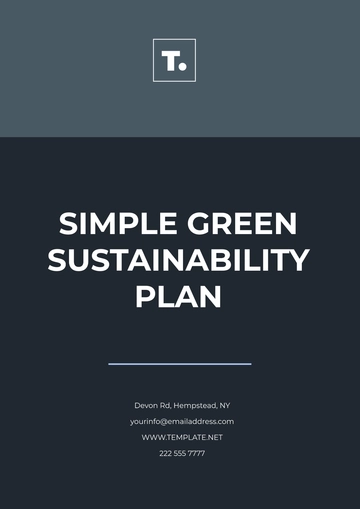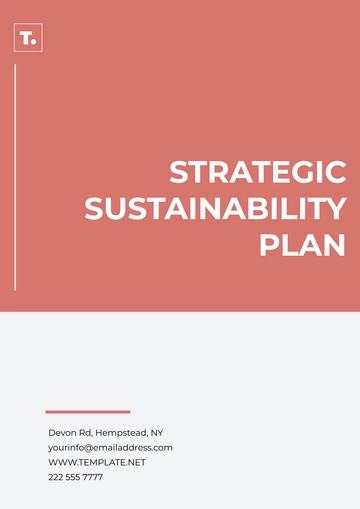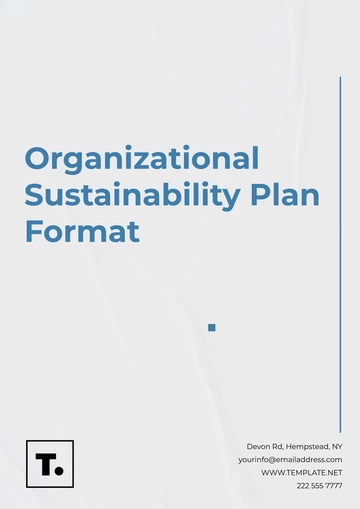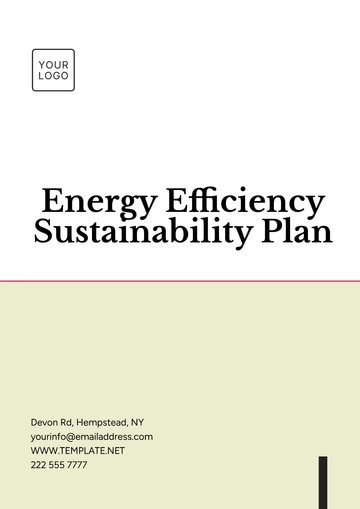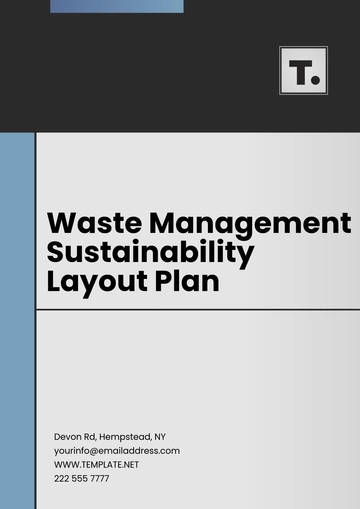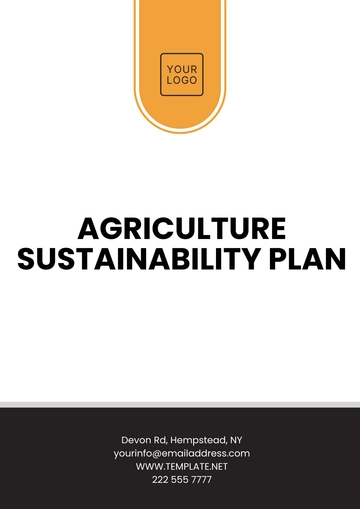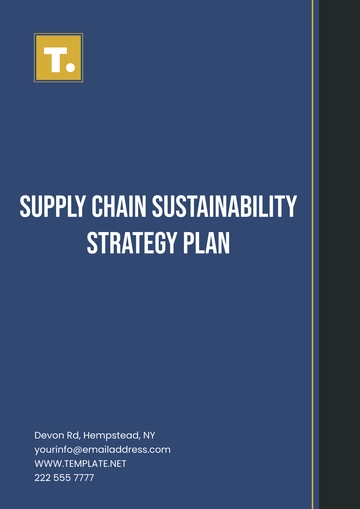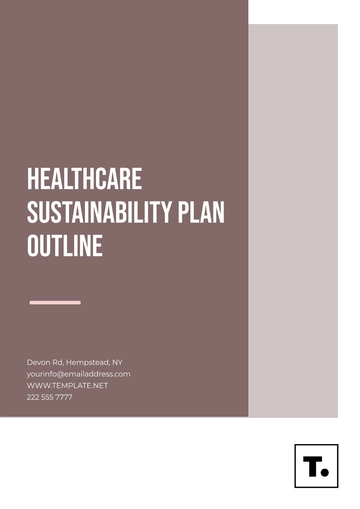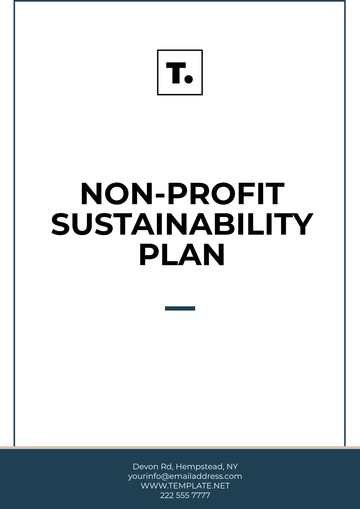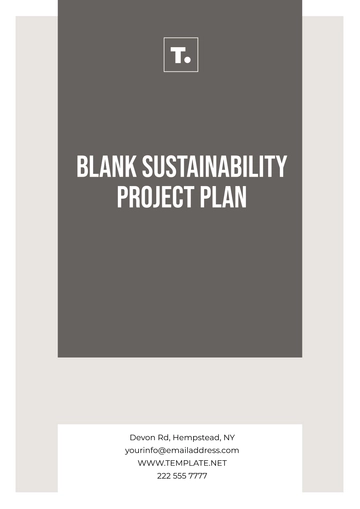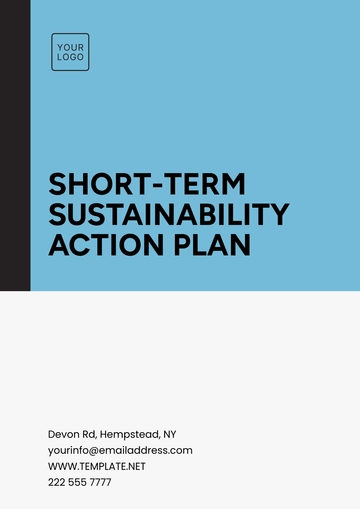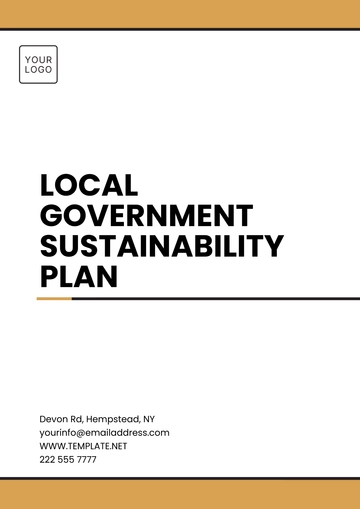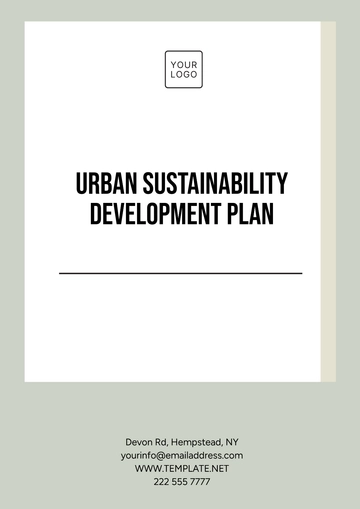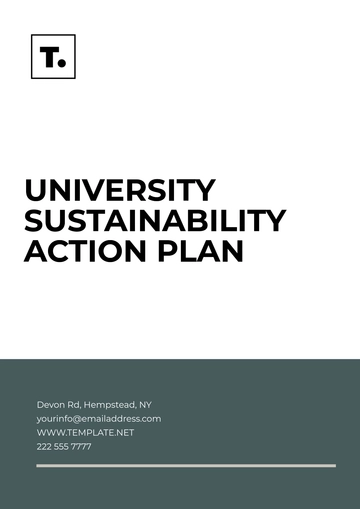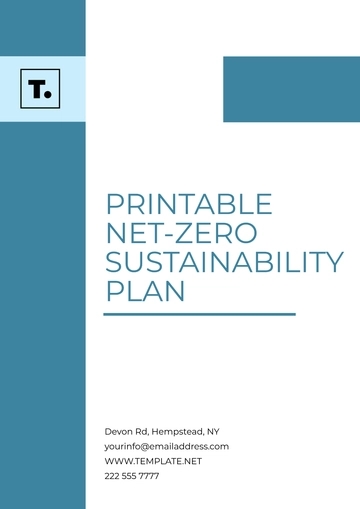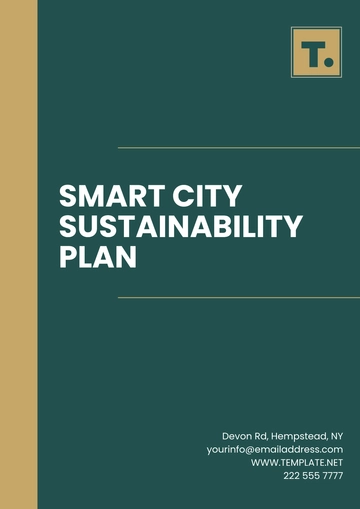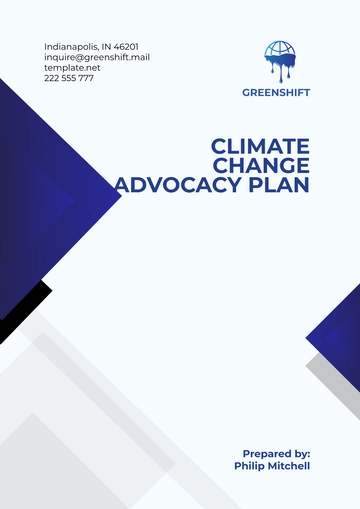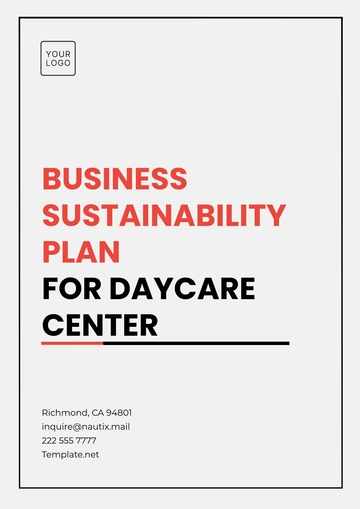Organizational Sustainability Plan Format
Date: [Date]
Prepared By: [Your Name]
1. Executive Summary
Purpose: Briefly summarize the overall goals of the sustainability plan.
Scope: Outline the areas the plan covers (e.g., environmental, social, economic).
Key Strategies: Highlight the main approaches for achieving sustainability.
2. Introduction
Background: Provide context for the plan, including why sustainability is important for your organization.
Mission & Vision: Define the organization's mission and vision, particularly regarding sustainability.
Sustainability Goals: List the long-term sustainability objectives the organization aims to achieve.
3. Stakeholder Engagement
Key Stakeholders: Identify internal and external stakeholders (e.g., employees, customers, suppliers, community).
Engagement Strategies: Describe how you will engage stakeholders in the sustainability efforts.
Communication Plan: Outline how you will communicate progress, challenges, and success stories.
4. Sustainability Goals & Objectives
Environmental Sustainability: Goals related to reducing environmental impact (e.g., carbon footprint, waste reduction, energy usage).
Social Sustainability: Goals focused on social impact (e.g., employee well-being, diversity and inclusion, community engagement).
Economic Sustainability: Goals around economic viability (e.g., cost-saving strategies, sustainable financial practices).
5. Strategies & Action Plans
Action Items: Detail the specific initiatives or actions to achieve sustainability goals.
Timeline: Provide a timeline for implementing these actions.
Responsibility: Assign team members or departments to lead each action.
Resources: Identify the resources (financial, human, technological) required to implement each strategy.
6. Performance Metrics & KPIs
Key Performance Indicators (KPIs): Define measurable indicators to track progress (e.g., energy consumption per unit of production, waste diversion rate).
Monitoring & Evaluation: Outline how performance will be monitored and how often it will be reviewed.
Reporting: Define how results will be shared with stakeholders (e.g., annual sustainability report).
7. Risk Assessment & Mitigation
Risk Identification: Identify potential risks to achieving sustainability goals (e.g., financial constraints, regulatory changes).
Mitigation Strategies: Describe how these risks will be managed or mitigated.
Contingency Plan: Outline alternative strategies if original plans face challenges.
8. Budget & Resource Allocation
Financial Plan: Estimate the budget required for sustainability initiatives.
Resource Allocation: Allocate necessary resources (human, financial, technological) to each area of the plan.
9. Conclusion
Summary of Commitment: Reaffirm the organization’s commitment to sustainability.
Long-term Vision: Describe the desired outcomes of implementing the sustainability plan.
Call to Action: Encourage all stakeholders to actively participate in the plan’s success.
Plan Templates @ Template.net
